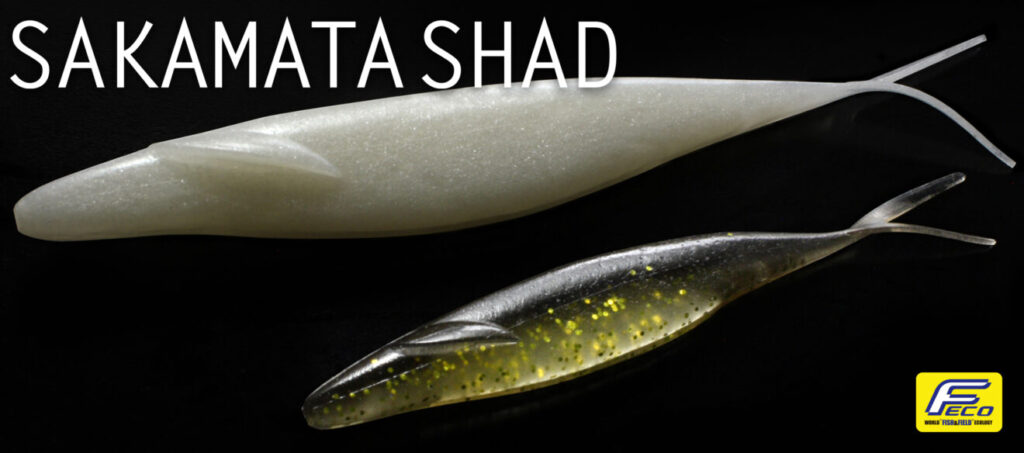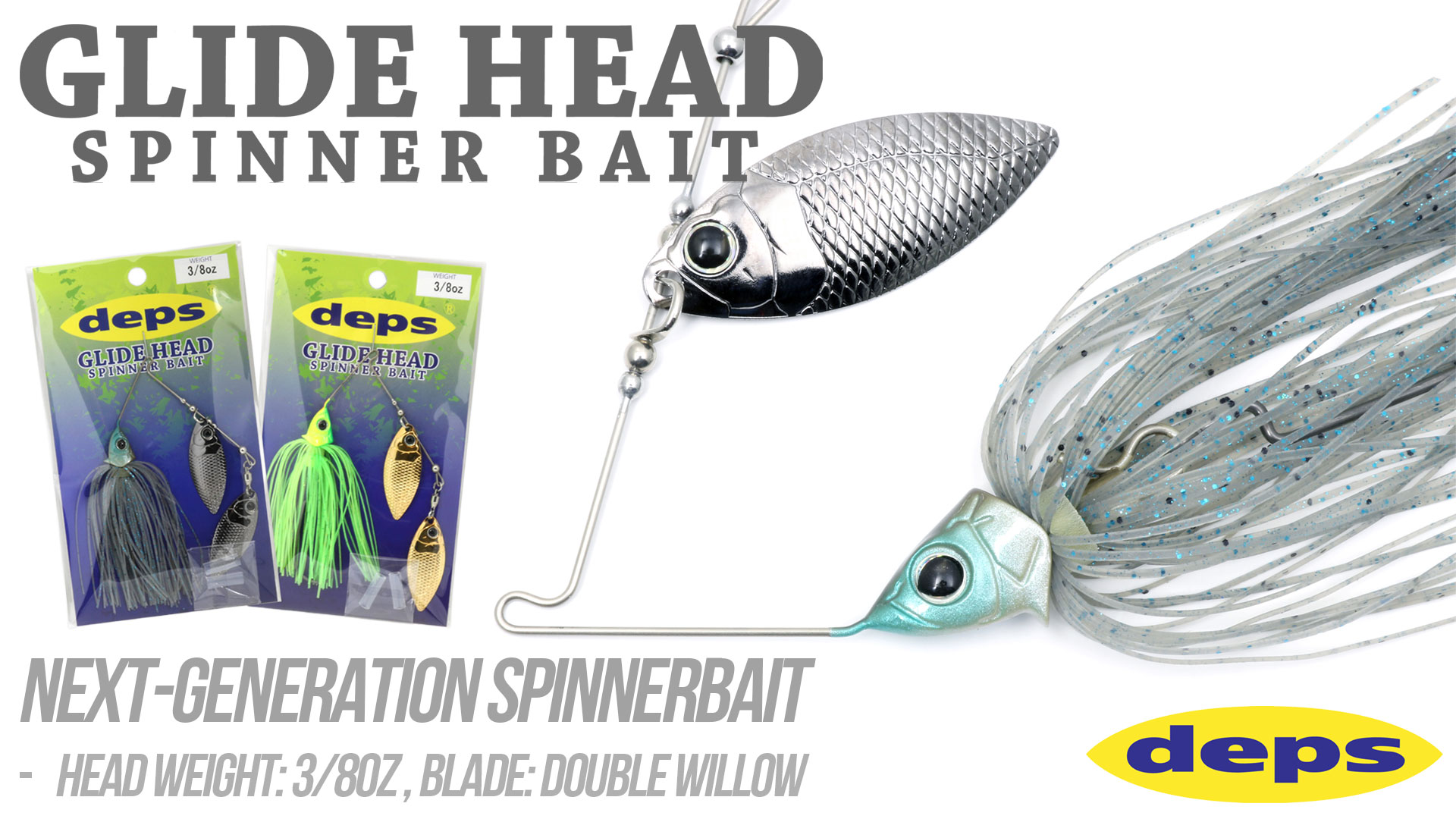The biggest thing in bass fishing right now is the jighead minnow and shaking it through the water column, or mid-strolling as it’s known. This approach has proven to be one of the most effective ways to target suspended bass. Any standard ball head and fluke-style bait will sometimes work when fishing this way, but specialized jigheads and baits like the Deps Sakamata Shad increase the body roll and get more fish to bite even when they are not actively feeding.
Pro angler and Deps pro-staff member Matt Lee has fished the Sakamata extensively while watching his Lowrance ActiveTarget. He’s also experimented heavily with different jigheads, line, and rod combinations to maximize the action of one of the hottest baits in bass fishing.
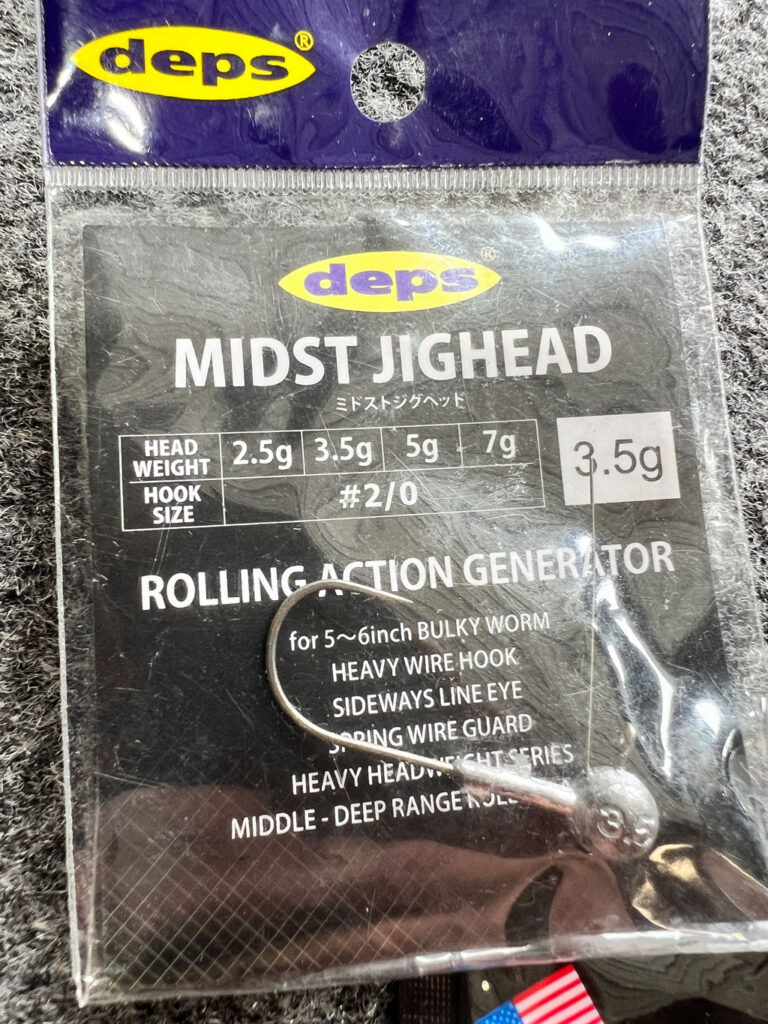
Here’s what Lee has learned through his real-world testing and the gear he uses to get the most out of the Sakamata Shad with forward-facing sonar.
Choosing the Right Sakamata
The Sakamata Shad comes in a standard version, a heavily salted Heavy Weight version, and many different sizes. Both have unique fins, or keels, molded onto the sides to help the bait roll and wobble. Lee typically starts with the standard 5-inch in any of the many baitfish colors bait but has experimented with sizes.
“If I’m going fishing for smallmouth or spotted bass, I like the 4-inch bait, but for most all-around fishing, the 5-inch is my starting point,” he said. “The smaller baits will get more bites in clear water fisheries, but those fish will eat a bigger bait, too. I’m not afraid to go bigger and use the 6- or 7-inch baits because sometimes they are keyed on bigger baitfish. Also, the bigger the size you use, the bigger the fins are on the bait and you get more natural action as you go up in size.”
Lee says the standard and the Heavy Weight versions will work, but the standard version is his first choice.
“Technically, the unweighted version was made for mid-strolling, but you could also use the Heavy Weight baits if that’s all you have,” he said. “With both, you’ll still get the great rolling action, but you will have a much faster fall rate with the heavier baits.”

Picking the Right Jighead
There are many different jigheads used for mid-strolling with a Sakamata Shad and Lee has likely tried every one on the market. He’s discovered a few favorites and adds that the weight and hook gauge are two critical considerations.
“I’ve played around with a lot of heads, and the Deps Midst is very good, as is the Owner Range Roller. They both get the bait to roll even more than it does already,” he said. “Some other good ones are the many different tungsten heads made by Keitech. What’s good about those is they have quite a few different hook options for every hook size, so you can get super technical.”
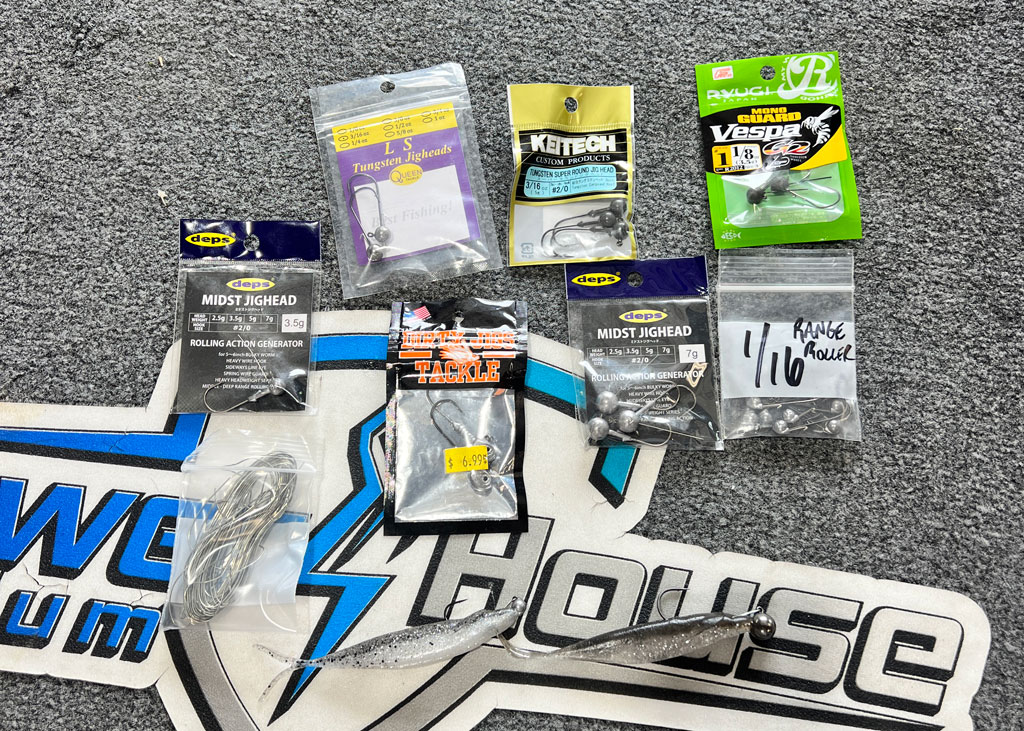
Generally, Lee likes to use the lightest jighead he can get away with, starting with a 1/16 ounce. “It’s like flipping and pitching and the lighter weight is always going to most natural action,” he said.
Lee will adjust his jighead size based on the depth, wind conditions, and the position of the fish in the water column.
“I always have several different weights rigged up,” he shared. “The 1/16-ounce gives the bait the best natural action, but if a fish is in 30 feet of water, it has to be perfectly still and you have to have a lot of patience to wait for it to get down here. That’s why I always have some heavier options rigged up and ready for specific fish I see. But at the same time, often the slower fall, the more bites you get because of how natural it looks.”
Many of the mid-strolling specific jigheads have light wire hooks and Lee says that is critical. “I know that thin wire hook scare a lot of people, but it’s best for hooking more fish,” he said. “If you think about it, you have a light rod and the fish are a ways from you. You need a lot of pressure to penetrate the fish with a heavier gauge hook with a spinning rod, so don’t be scared of those light wire hooks.”
Another tip Lee shared was building a small keeper to secure his baits. “I always glue them to the head but also make my own bait keepers,” he said. “I get a small piece of wire and make a ‘V’ shape and put it through the eye of the jighead and into the bait to keep them in place.”
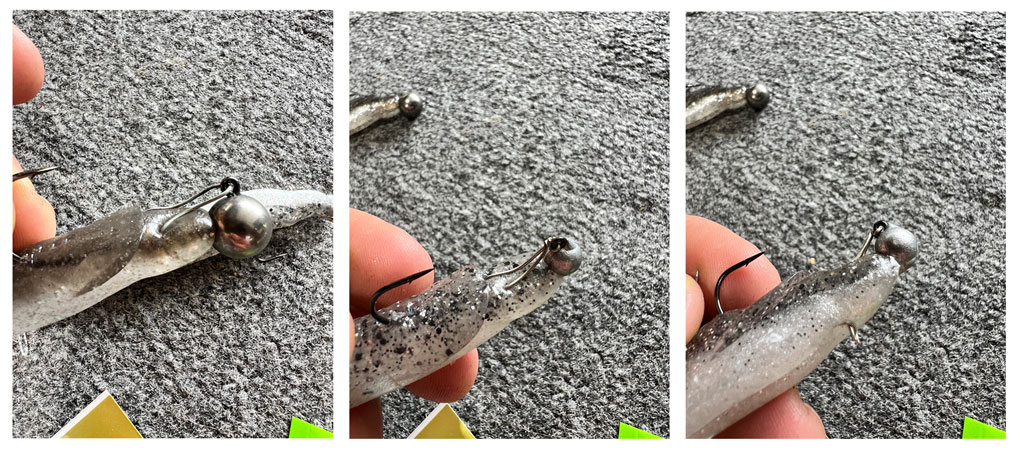
Rod, Reel, and Line Choices
If you are getting into this technique, your drop-shot setup will work fine, but taking it to the next level will require more specialized gear. That’s what Lee has learned as he says that the Sakamata’s optimal performance comes down to the cadence of shaking, which is easier to accomplish with the proper gear.
“Everyone’s mid-strolling setup is a little different and comes down to preference a lot of times,” he said. “One thing that’s not talked about a lot is that the guys who are dialed into the technique use shorter rods less than 7 feet long and a medium light action. You want a limber rod with a soft tip to get the best shaking action.”
At first glance, watching YouTube videos or live coverage of pro-level tournaments may seem like a simple task to perfect the technique, but Lee says it takes time on the water.
“It’s pretty technical and like trying to shake a shaky head along the bottom without moving the bait, it takes a little bit of practice to get it just right,” Lee said. “The soft rod lets you shake the bait and get the extra rolling action. When the fish are actively feeding, just about any retrieve will work, but catching the less aggressive fish takes more work. It’s all in the feel, and you want the bait to shake and roll without hopping up and down too much.”
Lee selects a standard 2500-size spinning reel and spools it with a 15 or 20-pound Seaguar Smackdown braid. It’s standard gear, but the most significant difference is his fluorocarbon leader.
“You want a really short leader, just a couple of feet and it’s a lot heavier than most would think,” he said. “People think you need 6 or 8-pound fluorocarbon, but the bait rolls better with a 12, 15, 17, or even 20-pound test because it’s thicker. The heavier fluorocarbon and short leader also allow you to get more action out of the bait when you shake it because there’s hardly any stretch. The rod takes much less action to get the bait to move.”
The light rod, braided line and short fluorocarbon leader work together to get great action and the best hookups, according to Lee. “Even with a light rod, you can still get a good hookset since so much of your line is braid,” he said. “With straight fluorocarbon, you really need to wind down to get a fish hooked. When using braid, you don’t need to, and you can just lean into them.”
While the mid-strolling technique is still relatively new for American bass anglers, it’s already evolving with specialized gear and baits like the Sakamata Shad. It’s already become one of Matt Lee’s top ways to catch bass and he will continue to utilize it anytime he’s around suspended bass.


